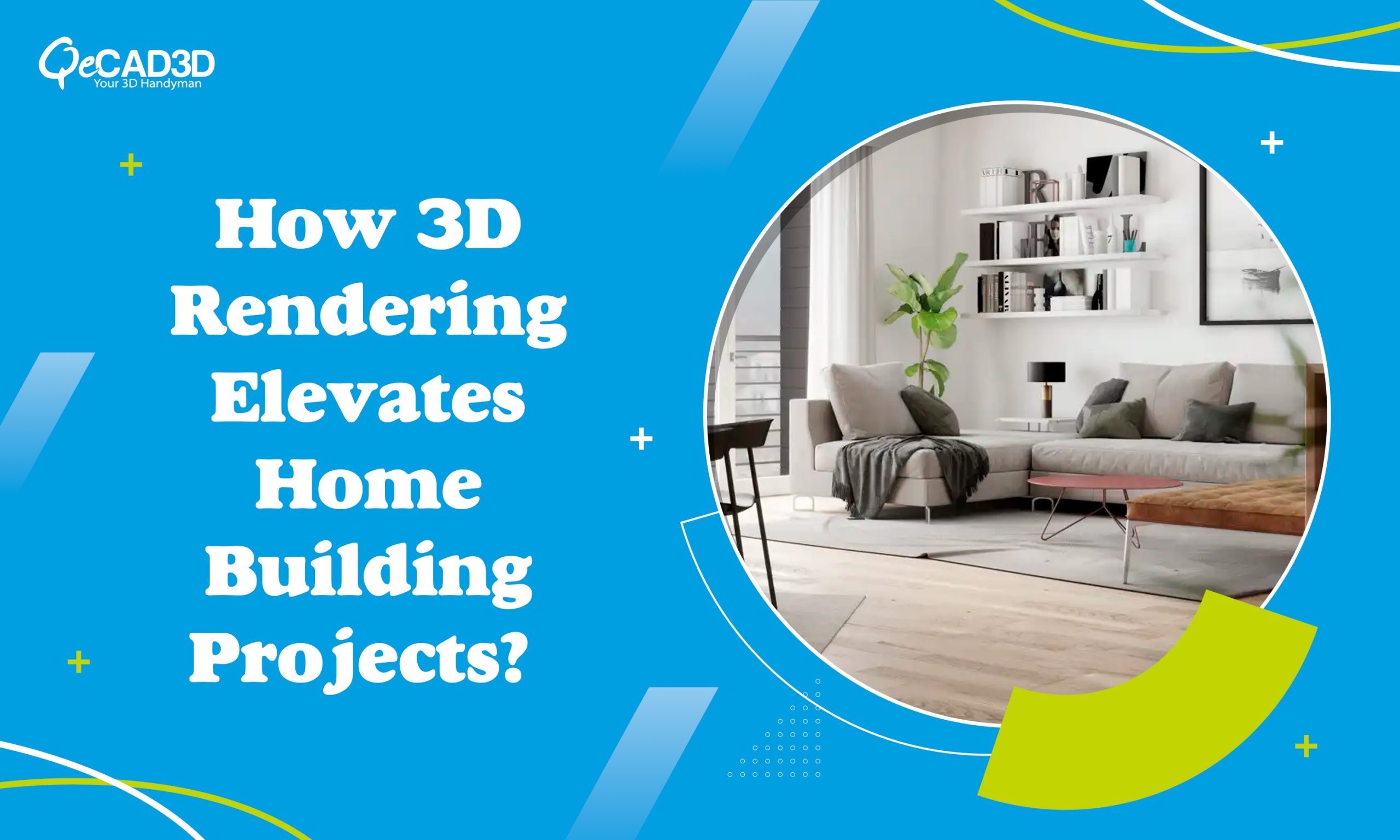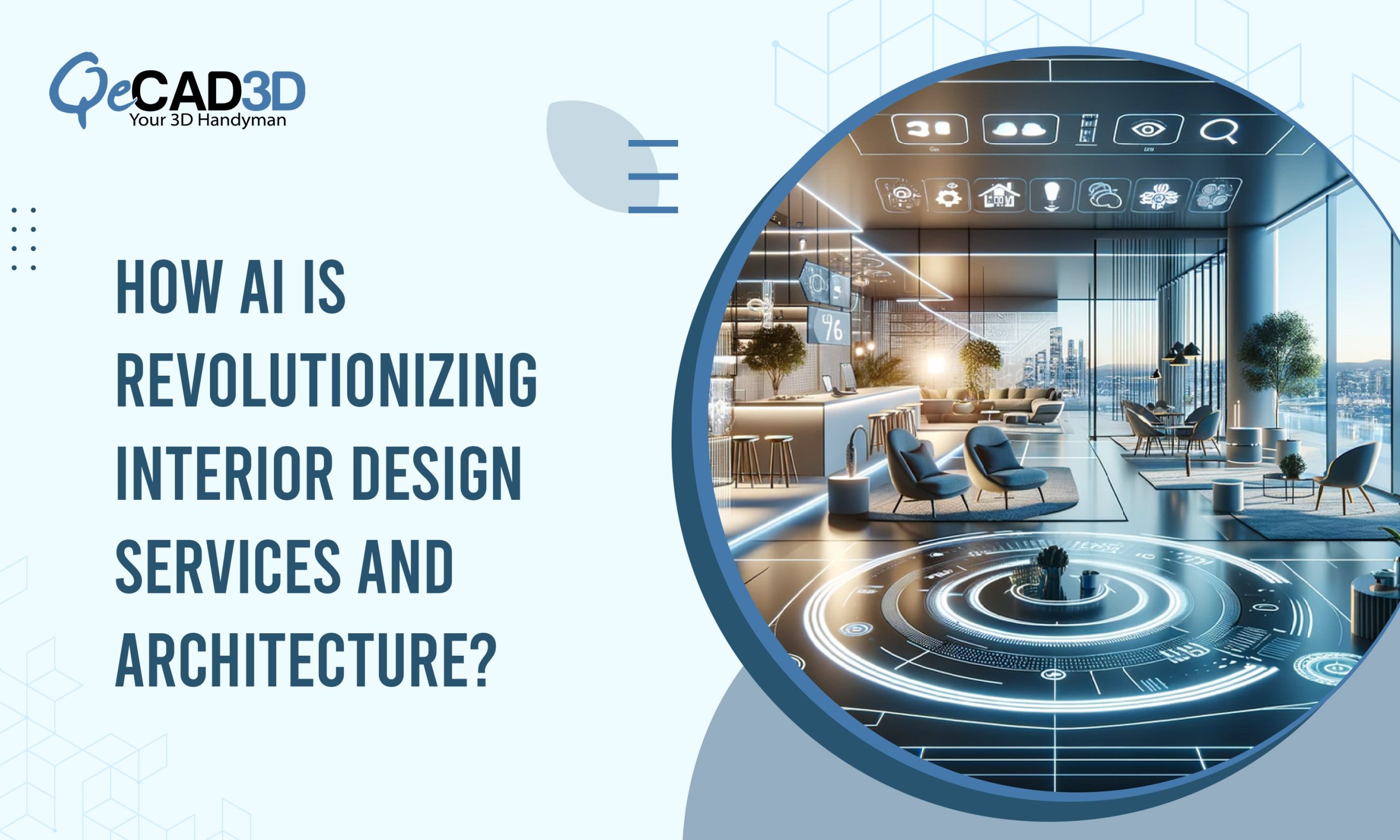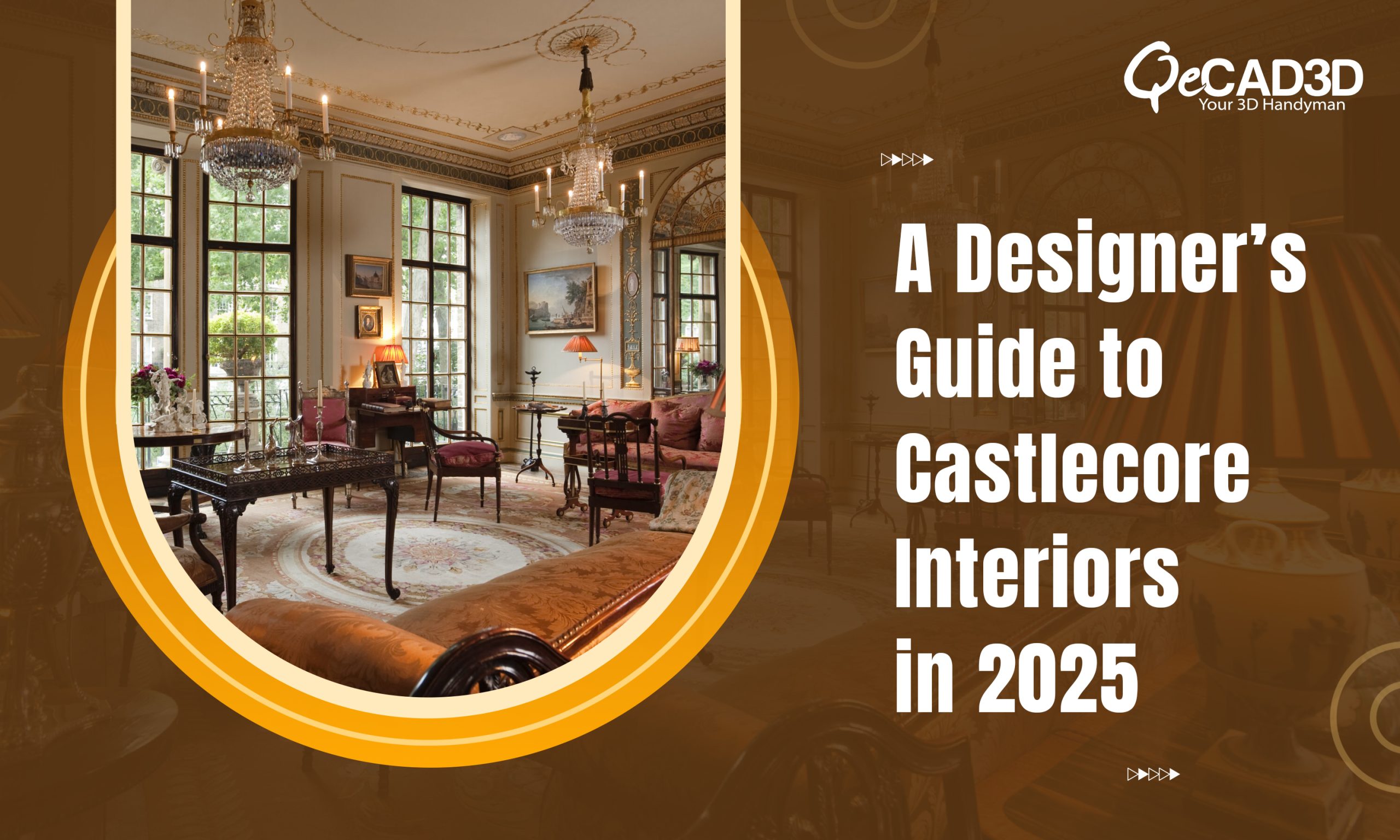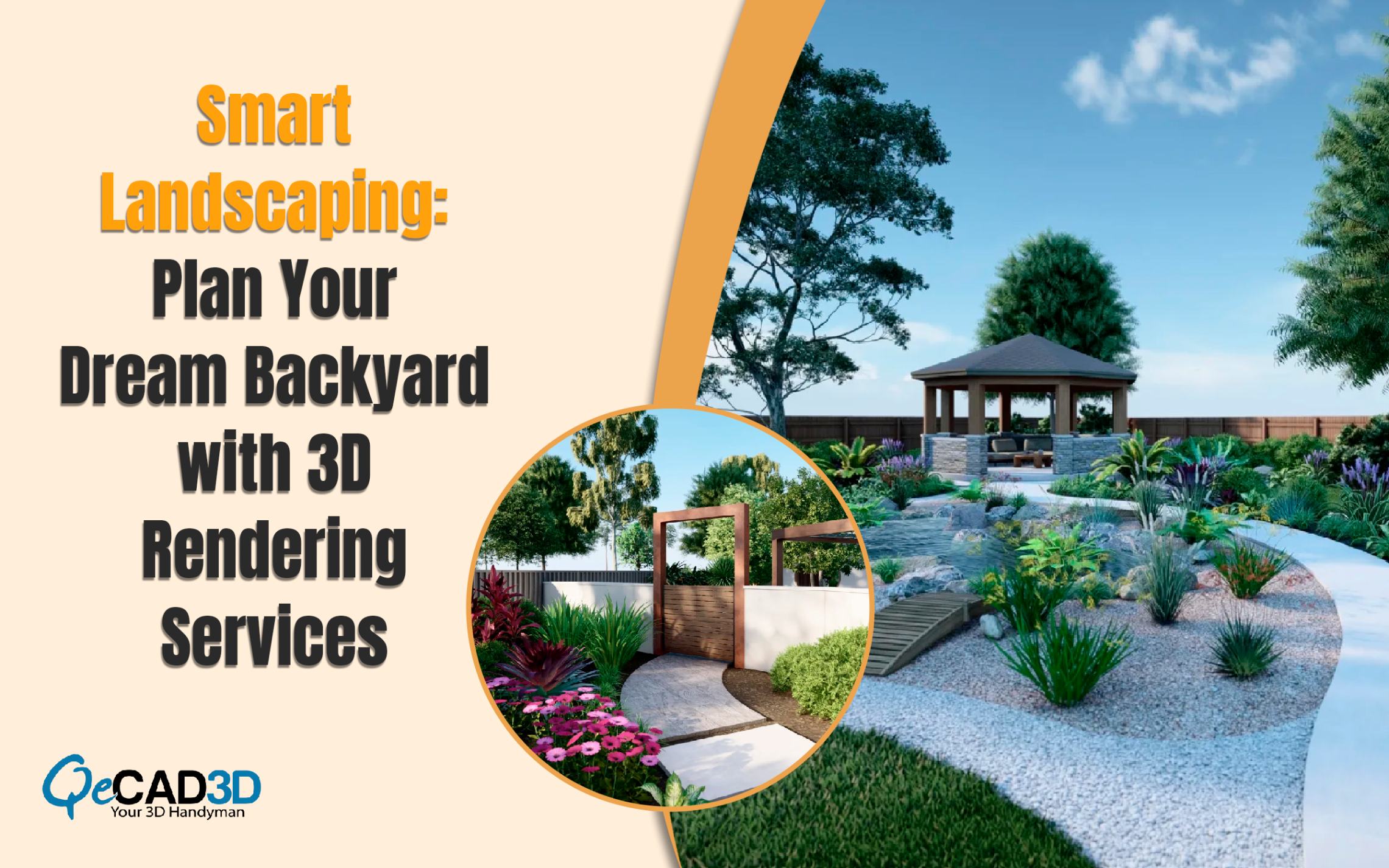How 3D Rendering Elevates Home Building Projects?
Home building projects represent the epitome of craftsmanship and creativity, where bricks and mortar intertwine with dreams and aspirations to create spaces that define lives. From cozy cottages nestled in tranquil suburbs to towering skyscrapers gracing bustling cityscapes, each project is a testament to human ingenuity and the pursuit of perfection. In the area of construction, precision is paramount, and every decision—from the layout of a room to the choice of materials—holds the potential to shape the lives of future inhabitants. It is within this context that the advent of 3D rendering emerges as a transformative force, offering home builders a window into the future and empowering them to craft spaces that transcend imagination. It offers a range of benefits that enhance the efficiency, creativity, and success of home-building projects.
Let us dig deep and explore the profound impact of 3D rendering on home building projects, unravelling the myriad benefits it brings to architects, builders, and clients alike.
The Advantages of 3D Rendering for Home Builders
1) Visualization: One of the major advantages of 3D Rendering Company is its capability to provide unparalleled visualization. For home builders, being able to showcase designs in three-dimensional space offers clients a realistic preview of their future home. Unlike traditional 2D blueprints or sketches, 3D renderings allow clients to explore every corner and detail of the design, fostering better understanding and appreciation. This visualization not only aids in decision-making but also helps in mitigating misunderstandings or discrepancies early in the project timeline.
2) Enhanced Communication: Effective communication forms the bedrock of any successful construction projects. 3D rendering facilitates clearer communication between home builders, architects, designers, and clients by presenting a common visual language. Builders can easily convey their ideas, incorporating client feedback swiftly and accurately. Moreover, 3D renderings transcend language barriers, making them invaluable tools for international projects or clients with diverse linguistic backgrounds.
3) Cost and Time Efficiency: In the construction industry, time translates directly to money, and even the slightest delays or revisions can have substantial ramifications on project schedules and budgets.3D rendering streamlines the design process, allowing home builders to identify and address potential issues early on. By spotting conflicts or discrepancies before construction commences, builders can minimize costly rework and revisions, ultimately saving both time and money. Additionally, 3D renderings enable clients to make informed decisions upfront, reducing the likelihood of costly changes during construction.
4) Customization and Personalization: Each homeowner possesses distinct preferences and specifications when envisioning their ideal residence.3D rendering empowers home builders to offer customizable solutions tailored to individual client needs be it their interiors or exteriors. Whether it’s adjusting the layout, experimenting with different materials, or exploring alternative design options, 3D Exterior Rendering allows for greater flexibility and customization. Builders can collaborate closely with clients to visualize various design iterations, ensuring the final product syncs well with their vision.
5) Marketing and Sales: In the current competitive market, captivating visuals play a pivotal role in enticing potential buyers or investors, often making the decisive difference. 3D renderings serve as powerful marketing tools for home builders, enabling them to showcase their projects in the best possible light. High-quality renderings exude professionalism and meticulous attention to detail, fostering confidence among potential clients. Whether used in brochures, websites, or presentations, stunning 3D visuals can elevate a builder’s brand image and set them apart from the competition.
6) Design Exploration and Innovation: Creativity knows no bounds with 3D rendering. Home builders can unleash their imagination and explore innovative design concepts with ease. From futuristic concepts to timeless classics, 3D rendering enables builders to explore a numerous architectural styles, materials, and configurations, fostering creativity and innovation. This freedom to explore new ideas fosters innovation and pushes the boundaries of traditional design, resulting in truly unique and inspiring homes.
7) Risk Mitigation: Construction projects inherently involve risks, ranging from budget overruns to unforeseen structural challenges. 3D rendering serves as a powerful risk mitigation tool, enabling home builders to project as well as address the potential /clashes before they become troublesome. By simulating real-world conditions and scenarios, builders can identify weak points or design flaws early in the process, minimizing the likelihood of costly errors or safety hazards during construction.
Concluding:
The benefits of 3D rendering for home builders are manifold, encompassing improved visualization, communication, efficiency, customization, design innovation, and iteration. By leveraging the power of 3D rendering, home builders can elevate their projects to new heights, delighting clients, and achieving greater success.






